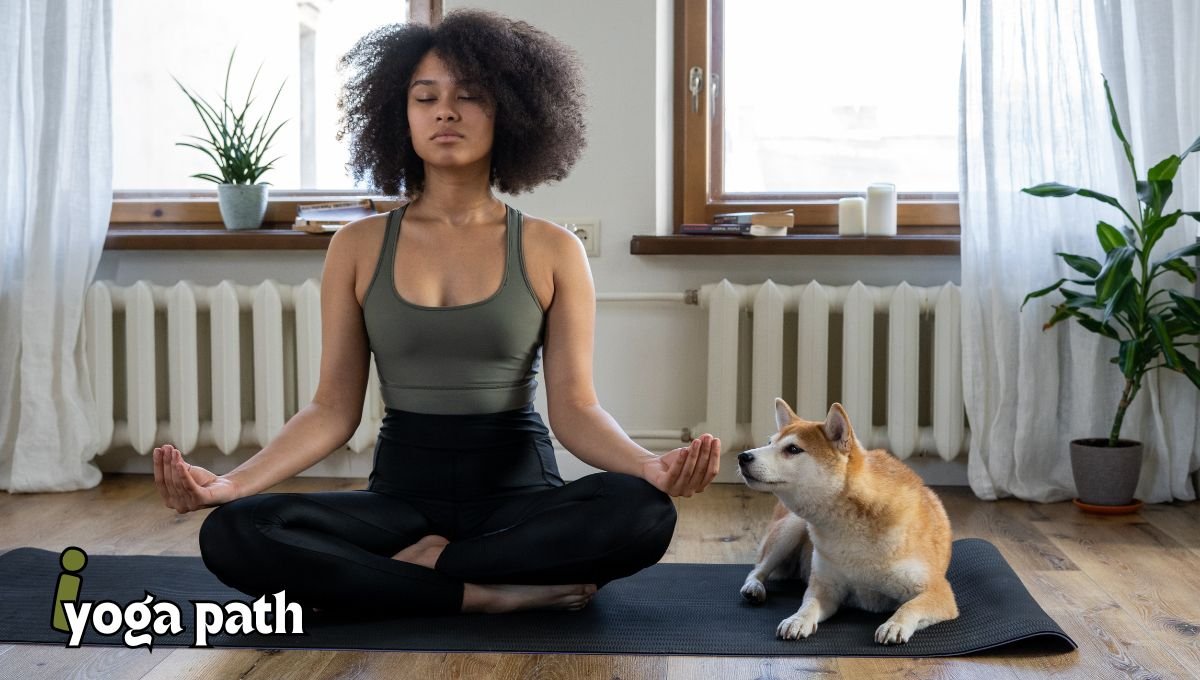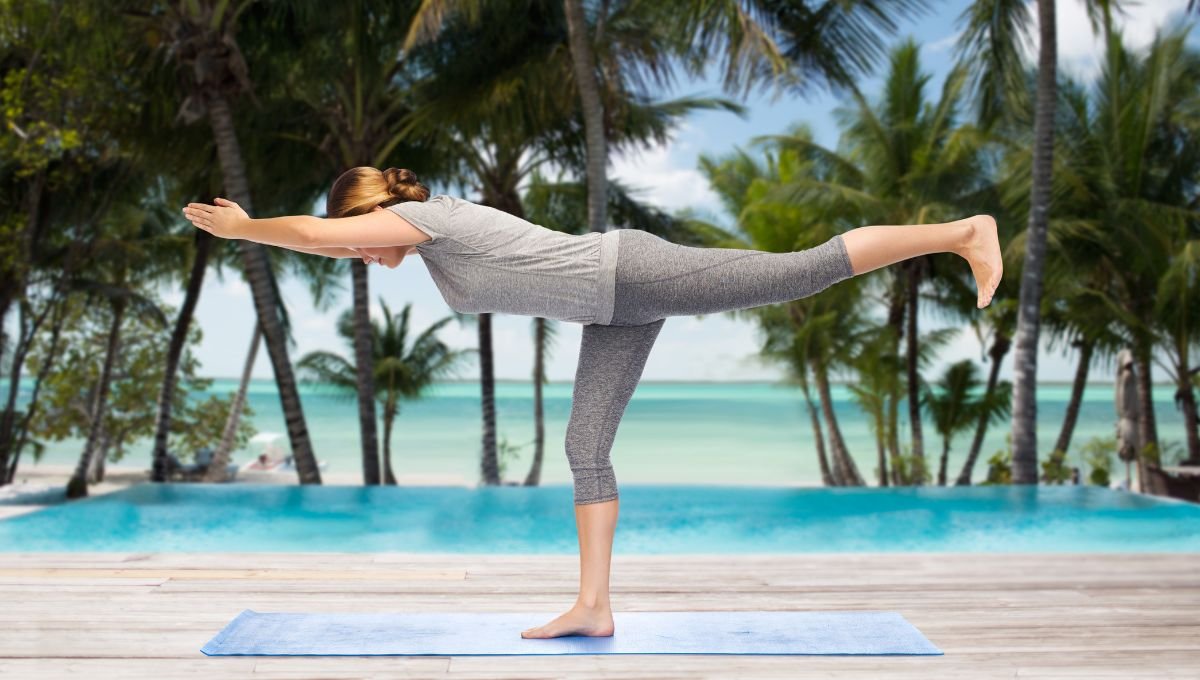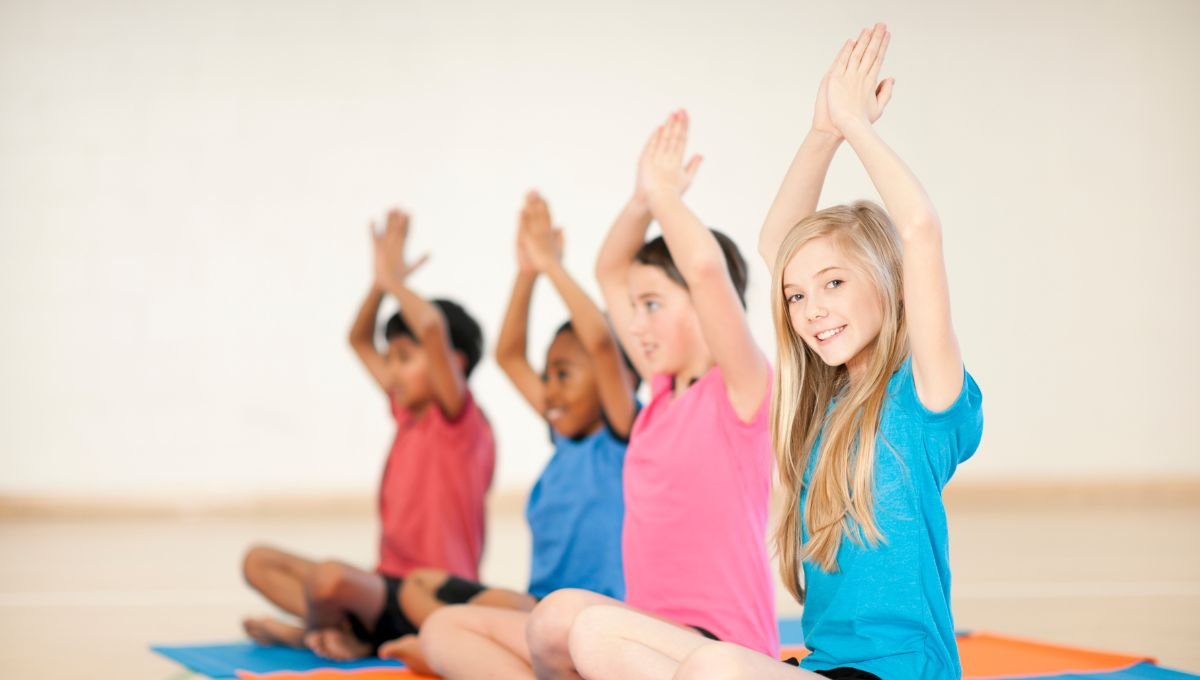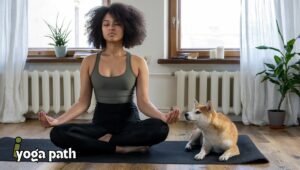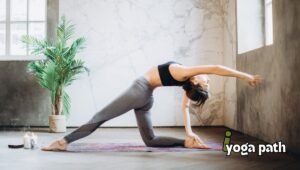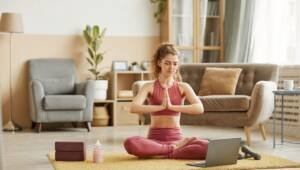Can You Really Do Yoga on a Carpet? Discover the Surprising Truth!
Yoga, an ancient practice combining physical postures, breath control, and meditation, has gained immense popularity for its myriad health benefits. Whether you’re a seasoned yogi or a curious beginner, you might wonder, “Can you do yoga on carpet?” Let’s explore this question in-depth and provide you with all the information you need to make an informed decision.
Understanding Yoga Practice
The surface you choose for your yoga practice can significantly affect your experience. Traditionally, yoga is practiced on mats specifically designed to provide grip and cushioning. However, many people practice at home, where the most accessible surface might be the carpet.

Advantages of Doing Yoga on Carpet
Comfort and Cushioning
Carpets offer a natural layer of cushioning, which can be particularly beneficial for poses that require kneeling or lying down. The extra padding can make certain postures more comfortable, reducing the strain on your joints and muscles.
Reduced Need for Additional Props
With a carpet’s inherent softness, you might find that you don’t need as many props like bolsters or blankets. The carpet itself provides a cushioned base, allowing for a more minimalist practice setup.
Convenience and Accessibility
Practicing yoga on your carpet means you can unroll your mat (or not) and start your session without needing a dedicated yoga space. This convenience can encourage more frequent practice, integrating yoga seamlessly into your daily routine.
Disadvantages of Doing Yoga on Carpet
Stability and Balance Issues
One of the main concerns with practicing yoga on carpet is stability. The uneven surface can make balancing poses more challenging. Postures that require a firm grounding, like Warrior III or Tree Pose, might feel wobbly and less secure.
Potential for Injury
The lack of stability can increase the risk of injury, particularly in dynamic sequences or inversions. An unstable surface can lead to misalignment and strain, so extra caution is needed.
Hygiene Concerns
Carpets can harbor dust, allergens, and bacteria, which might not be ideal for a practice that involves close contact with the floor. Maintaining cleanliness is crucial to ensure a healthy practice environment.
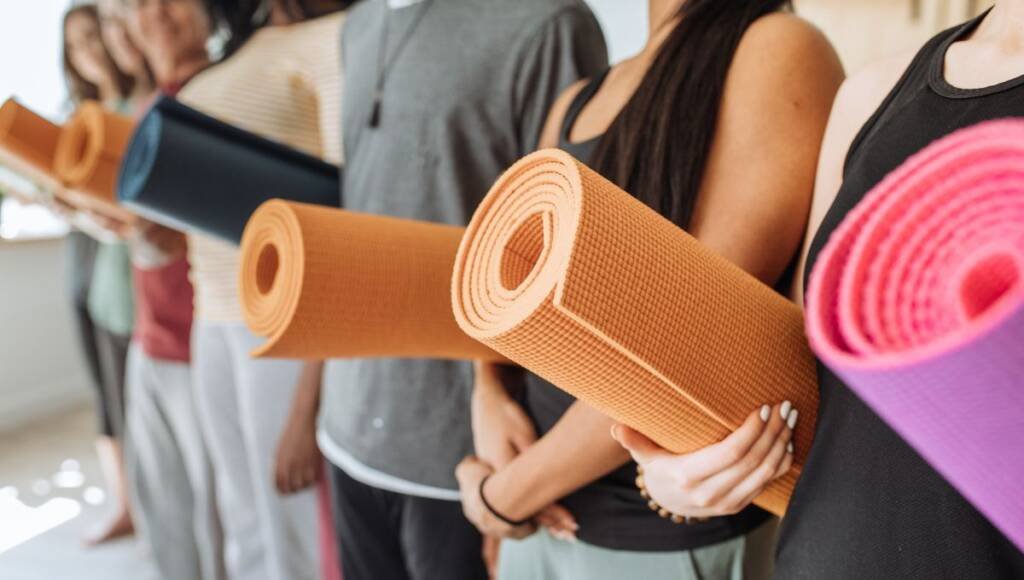
Comparing Carpet to Other Yoga Surfaces
Yoga Mats
Yoga mats are designed to provide a non-slip surface with just the right amount of cushioning. They are portable and easy to clean, making them a popular choice for many practitioners.
Hard Floors (Wood, Tiles)
Hard floors offer a stable surface for balance and alignment. While they might be less comfortable for certain poses, using a high-quality yoga mat can mitigate this issue.
Outdoor Surfaces (Grass, Sand)
Practicing outdoors can be a refreshing change, with natural surfaces offering different experiences. Grass provides a soft base, while sand can challenge your stability and engage your muscles differently.
Tips for Practicing Yoga on Carpet
Choosing the Right Carpet Type
A low-pile carpet is generally better for yoga practice as it provides a firmer surface. High-pile or shag carpets can be too soft, making it difficult to maintain balance and proper alignment.
Using a Yoga Mat on Carpet
Placing a yoga mat on top of your carpet can combine the benefits of both surfaces. The mat offers grip and stability, while the carpet provides additional cushioning.
Ensuring Proper Hygiene
Regularly vacuum your carpet and consider steam cleaning to reduce dust and allergens. Using a yoga towel or a mat cover can also help maintain a clean surface for your practice.
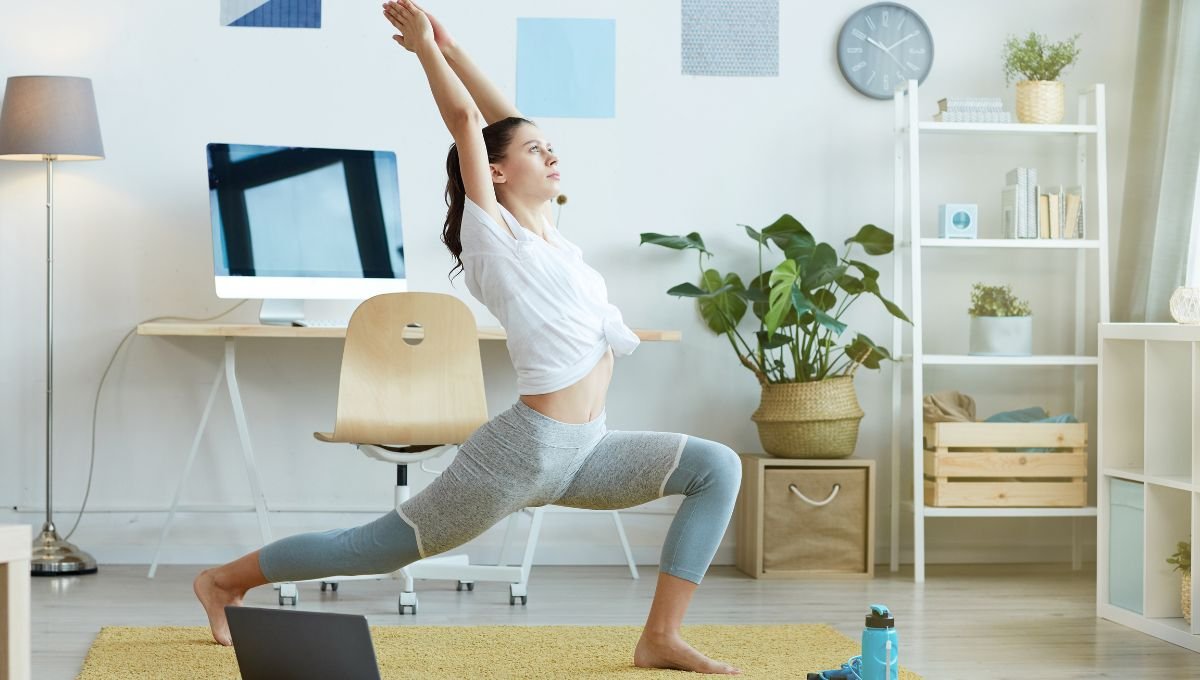
Yoga Poses Suited for Carpet
Gentle and Restorative Poses
Poses like Child’s Pose, Reclined Butterfly, and Legs-Up-the-Wall are excellent on carpet due to the added comfort and support.
Poses Requiring Less Balance
Seated poses, supine stretches, and gentle twists are less affected by the carpet’s softness and can be comfortably practiced.
Modifications for Challenging Poses
For balancing poses, consider using a wall for support. Modifying your practice to accommodate the surface can help maintain safety and alignment.
Carpet Type Considerations
Pile Height and Density
A shorter pile height offers a more stable surface, while a dense carpet provides better support. Avoid overly plush carpets that can hinder your practice.
Material Composition
Natural fibers like wool can be more breathable and less prone to allergens. Synthetic carpets might be easier to clean but can trap more dust.
Maintenance and Care
Regular cleaning and maintenance of your carpet will ensure a healthier practice space. Consider professional cleaning services for a thorough refresh.

Addressing Common Concerns
Slipping and Sliding
Ensure your yoga mat has a non-slip backing to prevent it from sliding on the carpet. You can also use rug pads for added grip.
Joint Support and Cushioning
If you find the carpet too soft, consider using a thicker yoga mat for additional support. Knee pads can also help provide extra cushioning for sensitive joints.
Allergens and Cleanliness
Keep your practice area clean and free from allergens by vacuuming regularly and using hypoallergenic cleaning products.
Personal Experiences and Testimonials
Many practitioners find yoga on carpet to be a unique and comfortable experience. However, preferences vary, and some might prefer the stability of a hard floor. Listening to your body and adapting your practice is key.
Scientific Perspective on Yoga Surfaces
Research on yoga surfaces highlights the importance of stability and alignment. Studies recommend firmer surfaces for poses requiring balance, while softer surfaces can be beneficial for restorative practices.
Pros and Cons Summary
Pros:
- Comfort and cushioning
- Convenience and accessibility
- Reduced need for props
Cons:
- Stability and balance issues
- Potential for injury
- Hygiene concerns

Conclusion
Practicing yoga on carpet is entirely feasible and can offer a comfortable and convenient alternative to traditional surfaces. By understanding the advantages and disadvantages, you can adapt your practice to suit your environment and ensure a safe and enjoyable experience. So, unroll your mat, find your balance, and enjoy your yoga journey, whether it’s on a carpet or another surface.
FAQs: Can You Really Do Yoga on a Carpet?
Is it safe to do yoga on carpet?
Yes, it can be safe to do yoga on carpet if you take precautions to ensure stability and cleanliness. Using a yoga mat can provide additional grip and support.
Can beginners do yoga on carpet?
Beginners can practice yoga on carpet, but they should be mindful of balance and stability. Starting with gentler poses and using props for support can help.
What type of carpet is best for yoga?
A low-pile, dense carpet is best for yoga as it offers a more stable surface. Avoid high-pile or shag carpets that can make balancing difficult.
How can I make my carpet more suitable for yoga?
Using a yoga mat on top of your carpet, ensuring proper hygiene, and choosing a supportive carpet type can make your carpet more suitable for yoga.
Can yoga on carpet help with joint pain?
The extra cushioning of carpet can be beneficial for joint pain, providing a softer surface for poses that put pressure on the knees or elbows.
